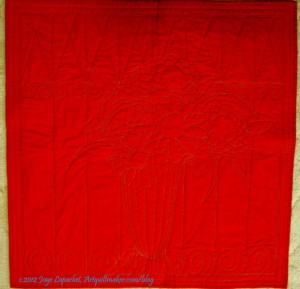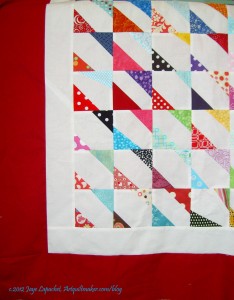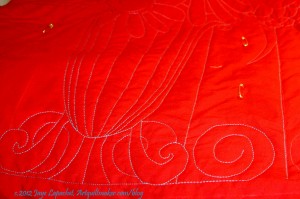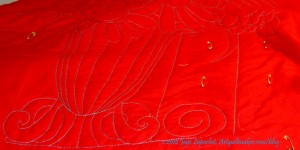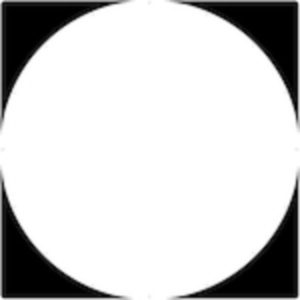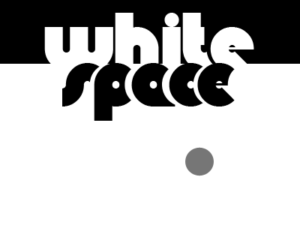 PUSH Jewelry: 30 Artists Explore the Boundaries of Jewelry by Marthe Le Van
PUSH Jewelry: 30 Artists Explore the Boundaries of Jewelry by Marthe Le Van
This is a new book I got from Lark Crafts to review Tuesday and I have to say that I love this series. The last one I reviewed was PUSH Stitchery. I like the size, shape and feel of the books. I also like the edgy nature of the pieces they include. I probably wouldn’t make any of these pieces (not that there are patterns, because there aren’t), but I can definitely get inspired from looking at them. They are really different from things that I normally look at and looking at new stuff always fires my brain.
I have to admit that the linear part of my brain was in charge when I started looking at this book. I thought that many of the pieces were quite ridiculous, but then I started look at them in terms of creativity, shape, form and some of the other design elements and principles we have been exploring in the Design Series. I kicked the linear part of my brain to the curb and started thinking about them in terms of originality and WOW factor.
The books in the PUSH series highlight several artists and give a few pages to each artist, so the reader can see more than one work by each contributor. This part of the series includes 30 artists. Each section includes a picture of the artist and a selection of their work as well as an artist statement in Q&A format.
This book has really interesting forms. Many of the pieces are quite sculptural.
Some of the pieces I really like:
- Li-Chu Wu, of the UK, has a piece that looks like a sea urchin.
- Allyson Bone, of the US, shows some necklaces that look like cat eye glasses or masks.
- Joe Wood’s pieces, also of the US, are quite sculptural and would be appropriate 50 times larger and installed at the SFMOMA.
- Dr. Tina De Ruysser, UK, has some very interesting folded paper necklaces.
- Mirjam Hiller, Germany. She has feathery, layered pieces. Some of my recent CPP responses have had feathers and I see myself gravitating to those shapes and layers.
These pieces really push all sorts of the boundaries and even the display photographs are provocative. Many of the pieces are large. There are a number of the pieces that do not fit my definition of delicate or pretty. The artists use interesting and unusual materials as well: acrylic, dollars and Euros, fur, rubber, and porcelain, to name a few. The processes used to create the works are equally as interesting: folding stainless steel, adding powder coats, a process like origami, if it isn’t origami along with normal jewelry techniques such as stone setting and metalsmithing.
I think that you would get a lot of inspiration from this book and wouldn’t be sorry if you took a look.
Arthur Hash curated the book.
View all my reviews
